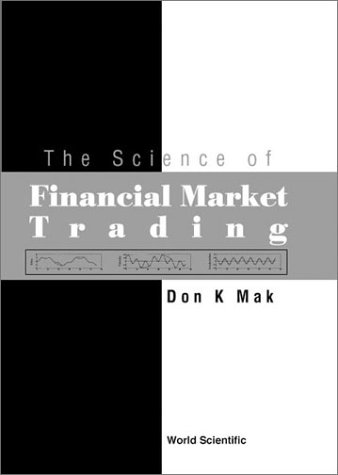

Most ebook files are in PDF format, so you can easily read them using various software such as Foxit Reader or directly on the Google Chrome browser.
Some ebook files are released by publishers in other formats such as .awz, .mobi, .epub, .fb2, etc. You may need to install specific software to read these formats on mobile/PC, such as Calibre.
Please read the tutorial at this link: https://ebookbell.com/faq
We offer FREE conversion to the popular formats you request; however, this may take some time. Therefore, right after payment, please email us, and we will try to provide the service as quickly as possible.
For some exceptional file formats or broken links (if any), please refrain from opening any disputes. Instead, email us first, and we will try to assist within a maximum of 6 hours.
EbookBell Team

5.0
48 reviewsThe book reviews the scientific literatures on the financial market and describes mathematical procedures which demonstrate that some markets are non-random. How the markets are modeled — phenomenologically and from first principle — is explained.
It discusses indicators, which are quite objective, rather than price patterns, which are rather subjective. Similarities between indicators in market trading and operators in mathematics are noted, and particularly, between oscillator indicators and derivatives in Calculus. It illustrates why some indicators, e.g., Stochastics, have limited usage. Several new indicators are designed and tested on theoretical waveforms to check their validity and applicability. The indicators have a minimal time lag, which is significant for trading purposes. Common market behaviors like divergences between price and momentum are explained. A skipped convolution technique is introduced to allow traders to pick up market movements at an earlier time. The market is treated as a nonlinear phenomenon. Forecasting of when the market is going to turn is emphasized.